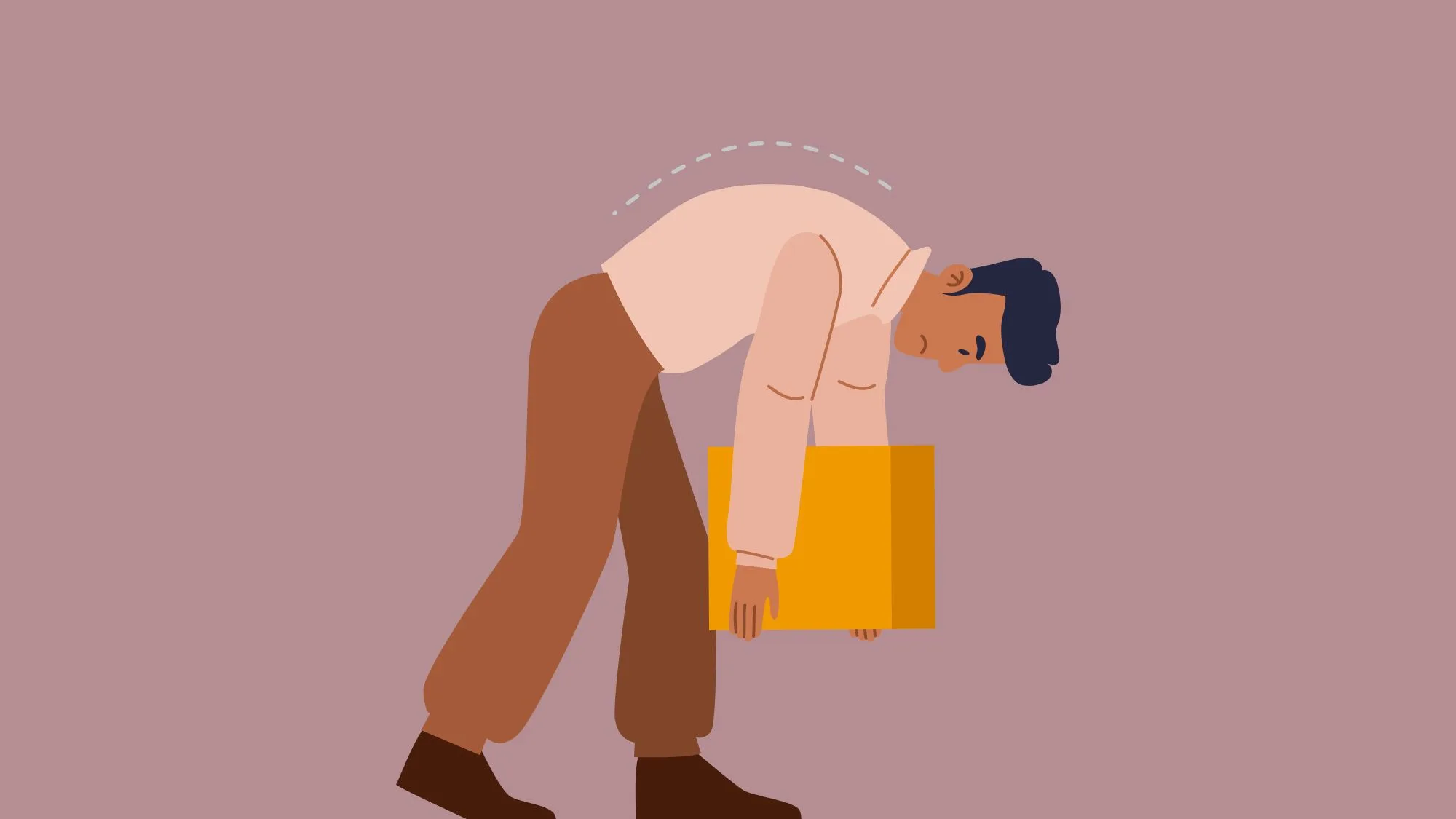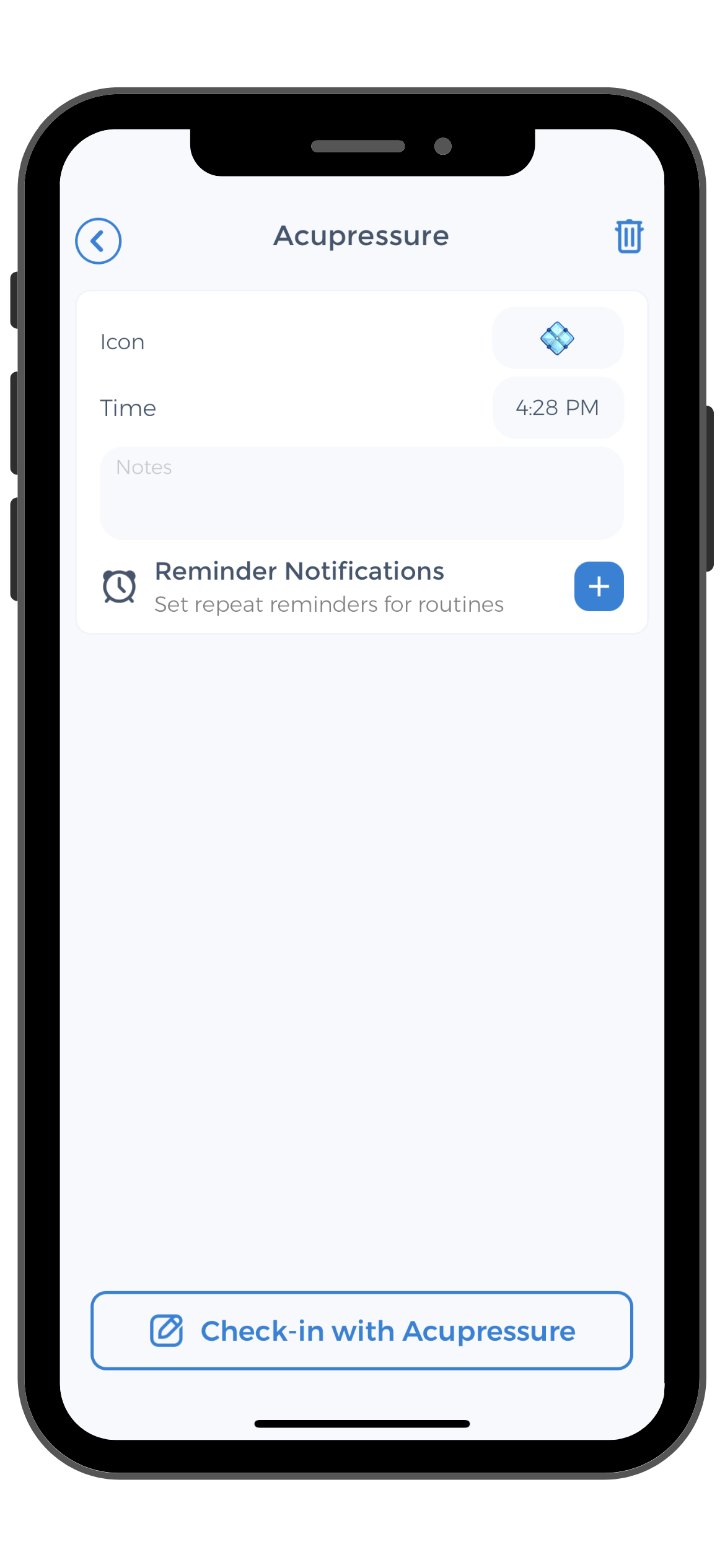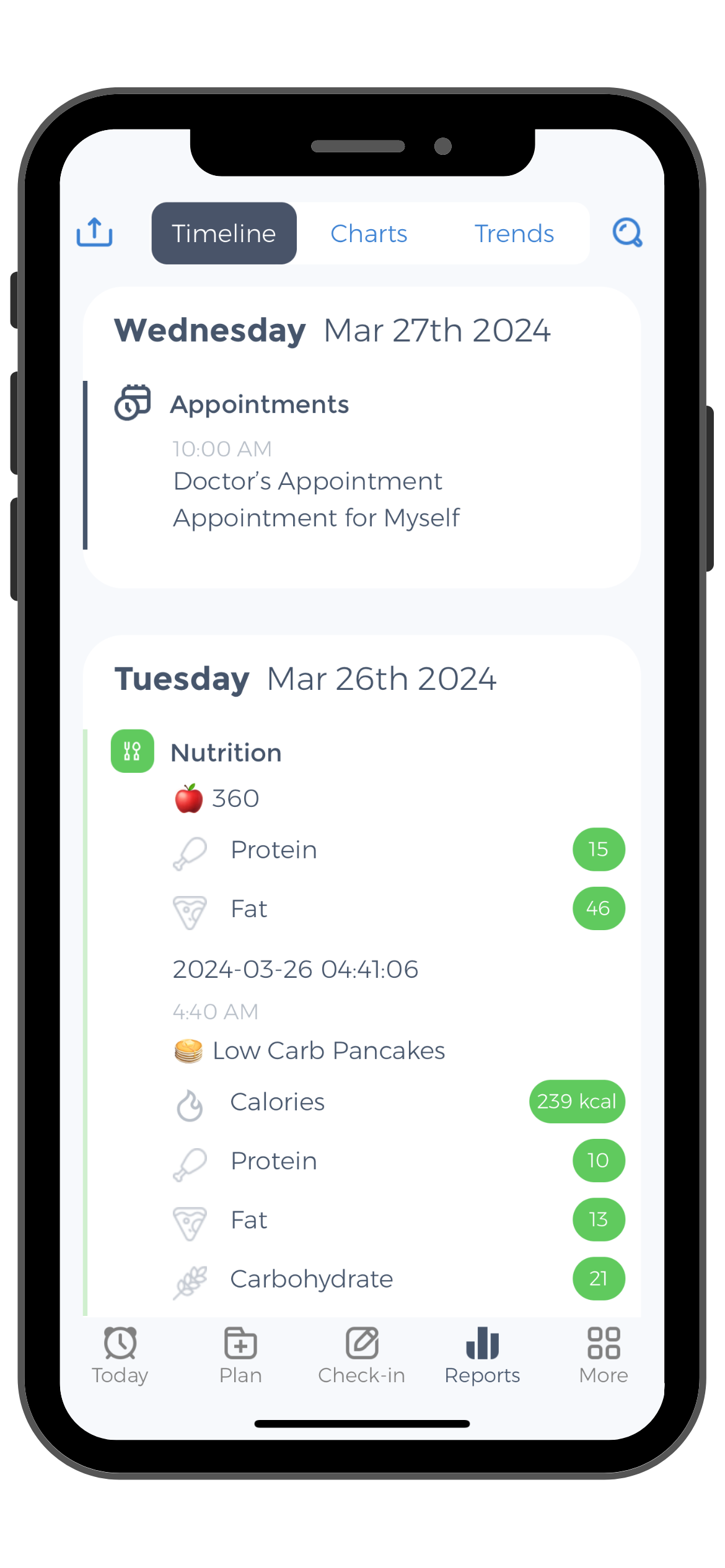
Living with EDS and POTS can pose significant challenges for individuals. These conditions can affect various aspects of daily life, from physical mobility to mental well-being. However, with the right knowledge and strategies, it is possible to effectively manage the symptoms associated with EDS and POTS.
In this article, we will explore the key aspects of living with these conditions and provide expert tips to help you navigate your journey towards better health and well-being.
Understanding EDS and POTS
Let’s start by delving into the fundamentals of EDS and POTS. EDS, or Ehlers-Danlos Syndromes, refers to a group of genetic connective tissue disorders that affect collagen production in the body. Collagen, the most abundant protein in our bodies, provides strength and structure to our skin, joints, and organs. As a result of collagen abnormalities, individuals with EDS may experience hypermobility, joint instability, and fragile skin.
POTS, which stands for Postural Orthostatic Tachycardia Syndrome, is a condition characterized by an abnormal increase in heart rate upon standing. This can lead to symptoms such as dizziness, lightheadedness, and even fainting. POTS is often seen in conjunction with EDS, as both conditions involve dysautonomia, a malfunctioning of the autonomic nervous system and sympathetic nervous system.
What is EDS (Ehlers-Danlos Syndromes)?
Ehlers-Danlos Syndromes encompass a group of genetic disorders that affect all the connective tissue in the body. There are several subtypes of EDS, each with its own distinctive features. Some individuals may have more stretchy and fragile skin, whereas others may experience frequent joint dislocations and chronic pain and chronic illness. People with EDS may also be prone to developing problems with their blood vessels and internal organs. One common symptom in digestive system is irritable bowel syndrome, leaky gut syndrome, and other digestive problems.
What is POTS (Postural Orthostatic Tachycardia Syndrome)?
Postural Orthostatic Tachycardia Syndrome is a conditiond in which the heart rate increases significantly upon assuming an upright position. This rapid heart rate can result in symptoms like palpitations, dizziness, and fatigue. Postural Tachycardia Syndrome often coincides with EDS, and addressing the underlying dysautonomia is crucial for managing symptoms effectively.
Living with EDS and POTS can be challenging, as both conditions can have a significant impact on daily life. Individuals with EDS may need to take extra precautions to protect their joints and prevent injuries. Physical therapy and gentle exercise can help improve muscle strength and stability, reducing the risk of joint dislocations. Additionally, individuals with EDS may benefit from using assistive devices such as braces or splints to provide support to weakened joints.
For those with POTS, managing symptoms often involves a combination of lifestyle modifications and medication. Staying hydrated and increasing salt intake can help regulate blood volume and improve symptoms. Gradual changes in position, such as sitting up slowly, can also help minimize the rapid heart rate associated with POTS. In some cases, medications that regulate heart rate and blood pressure may be prescribed to help control symptoms.
The Intersection of EDS and POTS
EDS and POTS often go hand in hand, and understanding the relationship between these conditions is essential for effective management. Both disorder conditions share a common underlying cause, which is the autonomic dysfunction. This involuntary bodily functions can lead to a wide range of symptoms, including pain, fatigue, and cardiovascular issues.
Individuals with Ehlers-Danlos Syndrome (EDS) often face a myriad of challenges due to the nature of the same condition. EDS is a group of connective tissue disorder that can affect the skin, joints, and blood vessels.
The genetic mutations in collagen and other connective tissue proteins can result in hypermobility, skin fragility, and poor wound healing. These issues can exacerbate the symptoms of Postural Orthostatic Tachycardia Syndrome (POTS), creating a complex medical landscape for patients previously diagnosed to navigate.
How EDS Diagnosis and POTS Diagnosis are Related
 EDS and POTS are closely linked, with EDS serving as a predisposing factor for the development of POTS. The connective tissue abnormalities seen in EDS can affect the blood vessels and autonomic nerves, leading to dysautonomia and subsequent POTS. Managing both conditions requires a comprehensive approach that addresses the underlying connective tissue issues and dysautonomia.
EDS and POTS are closely linked, with EDS serving as a predisposing factor for the development of POTS. The connective tissue abnormalities seen in EDS can affect the blood vessels and autonomic nerves, leading to dysautonomia and subsequent POTS. Managing both conditions requires a comprehensive approach that addresses the underlying connective tissue issues and dysautonomia.
When EDS and POTS coexist, the management plan must be tailored to address the unique needs of each patient. Physical therapy focusing on joint stabilization and cardiovascular conditioning can be beneficial for individuals with EDS and POTS.
Additionally, lifestyle modifications such as increasing salt and fluid intake, wearing compression garments, and implementing a structured exercise routine can help improve symptoms and quality of life.
Common Symptoms of EDS and POTS
The symptoms associated with EDS and POTS can vary from person to person, but there are some commonalities. Individuals with EDS may experience frequent joint dislocations and joint pain, chronic pain, easy bruising, and stretchy skin. On the other hand, POTS manifests as rapid heart rate upon standing, dizziness, lightheadedness, and fatigue. It is important to note that these conditions can also lead to psychological and emotional challenges, such as anxiety and depression.
Due to the complex nature of EDS and POTS, a multidisciplinary approach involving healthcare providers from various specialties is often necessary. Rheumatologists, cardiologists, neurologists, and physical therapists may all play a role in the comprehensive care of individuals with these conditions. By addressing the underlying mechanisms of EDS and POTS and implementing a holistic treatment plan, patients can better manage their symptoms and improve their overall well-being.
Daily Life with POTS and EDS
Living with Ehlers-Danlos Syndrome (EDS) and Postural Orthostatic Tachycardia Syndrome (POTS) can present numerous challenges in daily life. Individuals often face limitations in mobility, frequent pain, and mental health struggles. However, there are strategies and lifestyle adjustments that can greatly improve overall well-being.
One of the key aspects of managing EDS and POTS is understanding the unique needs of each individual. While some may struggle with joint hypermobility type and frequent dislocations, others may experience severe fatigue and dizziness upon standing. Tailoring treatment plans to address these specific challenges is essential in improving quality of life.
Challenges Faced by Individuals with EDS and POTS
The challenges associated with EDS and POTS can be multifaceted. Individuals may encounter difficulties with physical tasks, such as prolonged standing or walking, due to hypermobile joints instability and fatigue. Additionally, the chronic pain experienced by those with EDS can be debilitating and impact daily activities. Coping with these challenges requires patience, self-compassion, and a proactive approach to managing symptoms.
Moreover, the invisible nature of EDS and POTS can lead to misunderstandings and judgment from others. It is not uncommon for individuals with these conditions to face skepticism or disbelief due to their outward appearance not always reflecting the severity of their symptoms. This lack of validation can further exacerbate feelings of isolation and frustration.
Impact on Physical and Mental Health
EDS and POTS can have a significant impact on both physical and mental well-being. The chronic pain and physical limitations can lead to decreased mobility and fitness levels. Moreover, the constant presence of symptoms can take a toll on mental health, leading to increased stress, anxiety, and depression. It is crucial to prioritize self-care and adopt strategies to address both physical and emotional well-being.
Building a strong support network is vital for individuals living with EDS and POTS. Connecting with others who understand the daily struggles and triumphs can provide a sense of community and validation. Additionally, seeking guidance from healthcare professionals who are knowledgeable about these conditions is essential in receiving proper care and support.
Tips for Managing EDS and POTS Symptoms
To effectively manage the symptoms associated with Ehlers-Danlos Syndrome (EDS) and Postural Orthostatic Tachycardia Syndrome (POTS), it is important to adopt a holistic approach that encompasses lifestyle changes, medical treatments, and therapies. By addressing these aspects, individuals can experience improved quality of life and better symptom control.
Lifestyle Changes for Symptom Management
Implementing certain lifestyle changes can have a significant impact on managing EDS and POTS symptoms. These changes focus on promoting overall well-being and reducing symptom flare-ups.
- Stay hydrated: Adequate hydration is crucial for individuals with EDS and POTS. It helps regulate blood flow, maintain blood pressure, and prevent symptoms such as dizziness and lightheadedness. Drinking enough water throughout the day and consuming electrolyte-rich fluids can be beneficial.
- Engage in gentle exercise: Low-impact activities like swimming and yoga can be highly beneficial for individuals with EDS and POTS. These exercises help improve joint stability, enhance muscle strength, and promote overall fitness. It is important to work with a healthcare professional or physical therapist to develop an exercise routine that suits individual needs and abilities.
- Manage stress: Stress can exacerbate symptoms associated with EDS and POTS. Therefore, finding effective stress management techniques is crucial. Engaging in activities like meditation, deep breathing exercises, or journaling can help reduce stress levels and promote relaxation.
- Pace yourself: Balancing activities and rest is essential for individuals with EDS and POTS. Overexertion can lead to POT flare-ups and increased fatigue. It is important to listen to your body, take breaks when needed, and prioritize self-care.
Medical Treatments and Therapies
In addition to lifestyle changes, there are various medical treatments and therapies that can be beneficial for managing symptoms associated with EDS and POTS.
- Medications: Depending on the severity of symptoms, healthcare providers may prescribe medications to alleviate pain, manage cardiovascular symptoms, and improve overall well-being. These medications can range from pain relievers to beta blockers, which help regulate heart rate and blood pressure.
- Physical therapy: Working with a physical therapist who specializes in EDS and POTS can be highly beneficial. Physical therapy sessions focus on improving joint stability, enhancing mobility, and reducing pain. Therapists may use techniques such as manual therapy, therapeutic exercises, and assistive devices to help individuals manage their symptoms effectively.
- Pain management techniques: Chronic pain is a common symptom experienced by individuals with EDS and POTS. Pain management techniques such as heat therapy, cold therapy, and transcutaneous electrical nerve stimulation (TENS) can provide relief. These techniques help reduce pain, improve circulation, and promote relaxation.
By adopting a comprehensive approach that includes lifestyle changes, medical treatments, and therapies, individuals with EDS and POTS can gain better control over their symptoms and improve their overall well-being. It is important to work closely with healthcare professionals who specialize in these conditions to develop a personalized management plan that suits individual needs and goals.
Building a Support System
Living with EDS and POTS can feel isolating at times, but remember that you are not alone in your journey. Building a support system can help you navigate the challenges and find encouragement along the way.
Importance of Emotional Support
Emotional support plays a crucial role in managing chronic conditions. Seek out friends, family members, or online communities who can provide understanding, empathy, and encouragement. Having someone to talk to and share experiences with can make a significant difference in your overall well-being.
Finding and Joining Support Groups
 Support groups can be invaluable resources for individuals living with EDS and POTS. These groups provide a safe space to share experiences, access information, and learn from others facing similar challenges. Look for local or online support groups specific to EDS and POTS to connect with others and gain additional knowledge and support on your journey to managing symptoms.
Support groups can be invaluable resources for individuals living with EDS and POTS. These groups provide a safe space to share experiences, access information, and learn from others facing similar challenges. Look for local or online support groups specific to EDS and POTS to connect with others and gain additional knowledge and support on your journey to managing symptoms.
Living with EDS and POTS presents unique challenges, but with the right strategies and support, it is possible to effectively manage symptoms and improve overall well-being. By understanding these chronic illnesses, making lifestyle adjustments, and seeking appropriate medical care, you can take control of your health and thrive. Remember, you are not alone, and there is a supportive community ready to walk alongside you on your journey to managing EDS and POTS.
Use the CareClinic App to Manage Official Diagnosis and Other Symptoms
As you continue to manage the complexities of EDS patients and POTS patients, consider integrating the CareClinic App into your daily routine for a more structured approach to symptoms related management. The app offers a comprehensive platform to track your symptoms, medication, and therapy sessions, enabling you to identify patterns and triggers that affect your condition.
With features like medication reminders and a daily health diary, the CareClinic App helps ensure consistency in your treatment plan and provides valuable insights into what works best for your unique needs.
Download the CareClinic App Today
By using the CareClinic App, you can take proactive steps towards improved health outcomes. The app’s ability to generate reports on your health progress can be instrumental in facilitating informed discussions with your healthcare providers.
This collaborative tool empowers you to take control of your health journey with confidence. To start personalizing your health management strategy, install the CareClinic App today and discover the benefits of having a digital health ally by your side.


